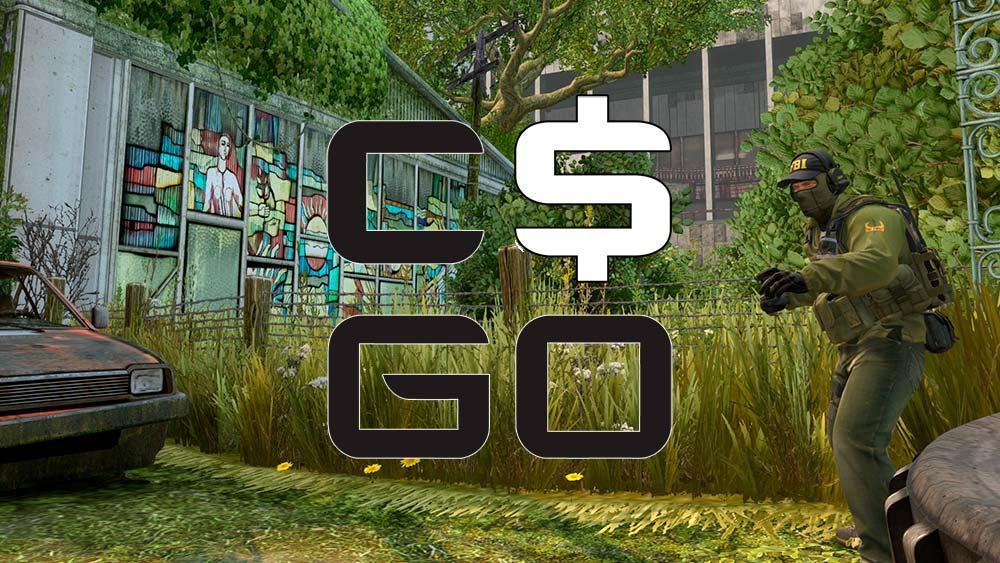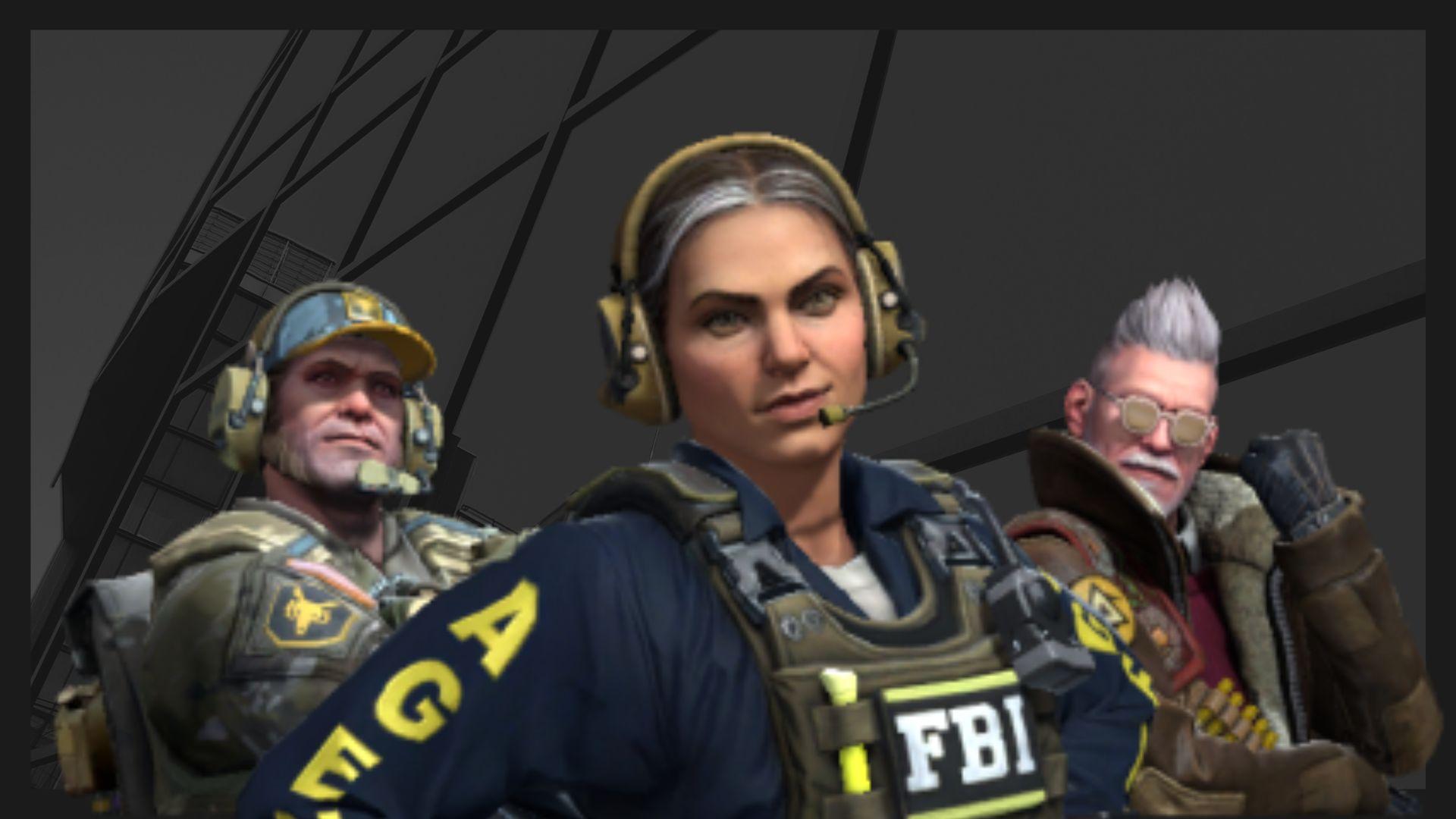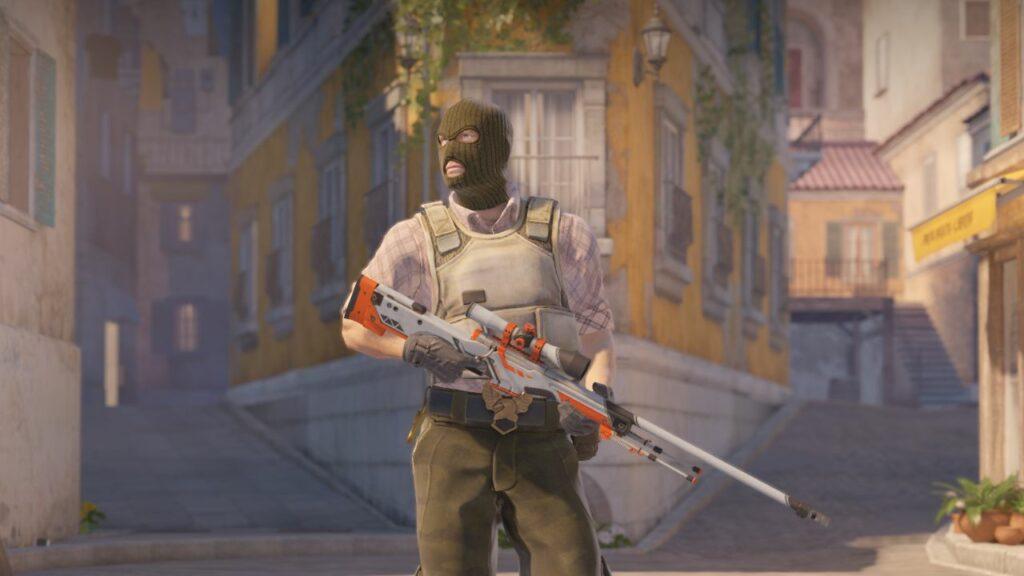
CSGO’s new player models show Valve’s focus on monetization
A story has unfolded slowly through October and November 2019, and the Counter-Strike: Global Offensive’s first operation in two years has finally confirmed it. Valve’s decisions over the past months have shown that the company has shifted more than ever before towards increasing profits and away from their founding mission.
At the 2014 Games Developer Conference, Valve gave a presentation on the CSGO economy. Monetizing CSGO was the main focus, and the presentation floated several ideas on how the company could pull more money out of its players.
Valve had four ideas, each with their own risks and potential value.
- Characters
- New Weapons
- Weapon Mesh Changes
- Weapon Skins
Five years later, CSGO has seen three out of the four included items, including the same items Valve projected as having the highest risk, added to its core gameplay. After several seemingly unrelated actions by Valve, the company’s focus on monetization has come into sharp focus.
Valve’s key trade ban benefits the company, doesn’t just stop scammers
In October, Valve announced that any new case key would be untradable and unsellable between users. Before the ban, keys were a perfect currency for everything from laundering scammed items to underaged gambling. Valve claimed that most key trades were “illegitimate” without going into further detail. The twist is that Steam’s own data shows that Valve has profited from the key ban.
In the 24 hours after the announcement of the ban, the price of an Operation Hydra Key had jumped 98.5% from $1.38 to $2.74. In that same span, the volume of keys sold skyrocketed 3,020% from 15 keys sold to 468.
And that’s just the Hydra key. All other keys show similar increases in price and volume, even when considering the usual spike in price that accompanies the release of an operation.
The Steam Market is Valve’s own personal marketplace, and they receive a 10% fee for every CSGO transaction. By tying new keys to Steam accounts, Valve has artificially inflated the price of keys already in circulation. Each key sale puts even more money into the company’s already deep pockets.
Despite restricting new keys from the market and trades, Valve had another plan waiting to make sure Q4 2019 was a good month for the company.
Valve’s rule change and Shattered Web’s wait show Valve is changing
The surprise reveal of Operation Shattered Web was one of the biggest events in CSGO in 2019. Fans flocked to the game to purchase the $14.99 operation. Inside, they found a battle pass system similar to those found in Dota 2, Fortnite, or Apex Legends. Additionally, players now had the opportunity to buy levels, called “stars” in Shattered Web, to earn the associated loot.
Many fans don’t see a problem with this change, and the system does allow for some flexibility for those fans with less time to enjoy the game. That doesn’t change the fact that this has never been an option in previous operations. Shattered Web has pulled CSGO farther towards a game-as-a-service model.
That isn’t the only model change to come to CSGO with Operation Shattered Web.
Valve announced a rule change in mid-November that required teams participating in a CSGO Major to disclose any business relationships with the tournament organizer or other teams. The community was pleased that Valve was taking steps to protect competitive integrity. Operation Shattered Web undoes that goodwill.
As WIN.gg reported, the CSGO community has noticed that some of the new agent models blend into the map, giving players using them an unfair advantage. CSGO map designer Shawn “FMPONE” Snelling weighed in on Twitter.
“Custom player models in CSGO is, unfortunately, game breaking. The only way this idea works is an option to disable it. Sorry. I know this isn’t what Valve wants to hear. The idea is bad for gameplay. Mappers pick certain skins (.kv file) because they want clear contrast,” FMPONE said.
While we still don’t know if Valve will allow or even request that players use the new models, at least one third-party tournament organizer has already made a decision.
FACEIT’s director of esports Roald Van Burren revealed on Twitter that the ECS Season 8 Finals will use the Shattered Web patch, but players will be required to use the default in-game models. The decision was made after an agreement was reached between FACEIT and the Counter-Strike Professional Players Association. The tournament begins November 28.
No other tournament organizers have clarified their stance as of this posting, and outside of the professional scene, casual players are on their own.
CSGO may not become pay-to-win, but Valve is eyeing wallets
Adding models that make people who use them harder to see while charging money for those models is dangerously close to pay-to-win. Through the lens of Valve’s bot ban in June 2018 and the recent key trading ban, fans now have the picture of a company that is doing everything it can to keep the money flowing at an increasing rate.
The CSGO community didn’t hear a word from Valve about Operation Shattered Web until it went live. There is no better way to drive purchases and market transactions than a surprise event for a popular game that hasn’t seen one in years.
Between the initial GDC 2014 Conference, the 2018 bot ban, a month’s late rule change and a key trade ban made just days before a new operation, Valve is starting to look more like Activision Blizzard than the company its fans knew and respected.
Valve is sending a clear message to the people who play, compete in and host their games. Money rules the day, and Valve is looking to make even more of it.
Recommended

s1mple is offering lessons to help you get good at CS2
Have you dreamed of playing like s1mple?

Recent CS2 ban wave punishes cheaters during live games
Valve is banning players in bulks.

Players hopeful after Valve adds Overwatch to expose CS2 cheaters
Only “trusted” players will be Overwatch investigators.







